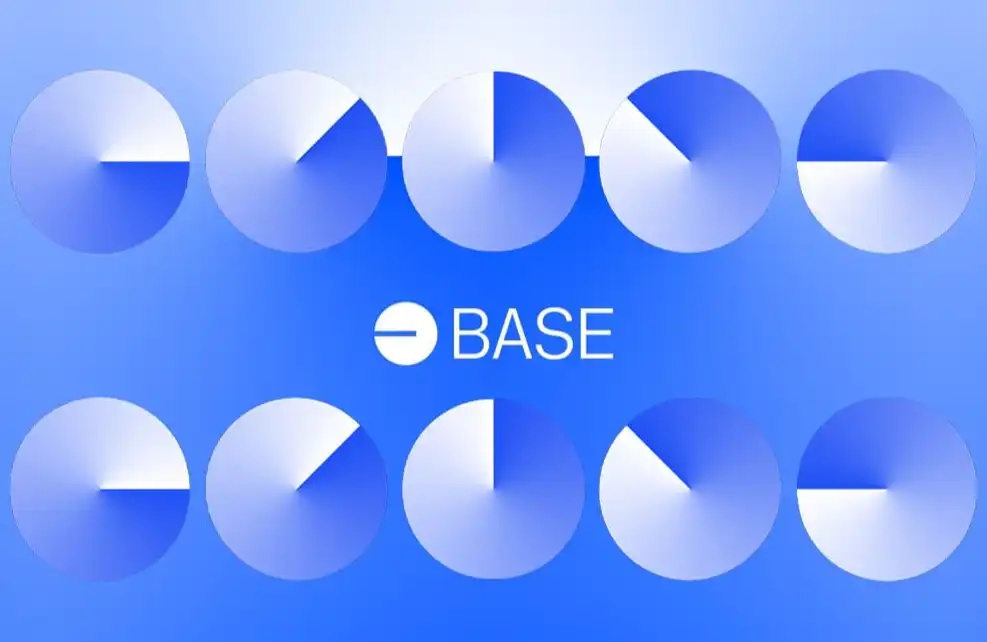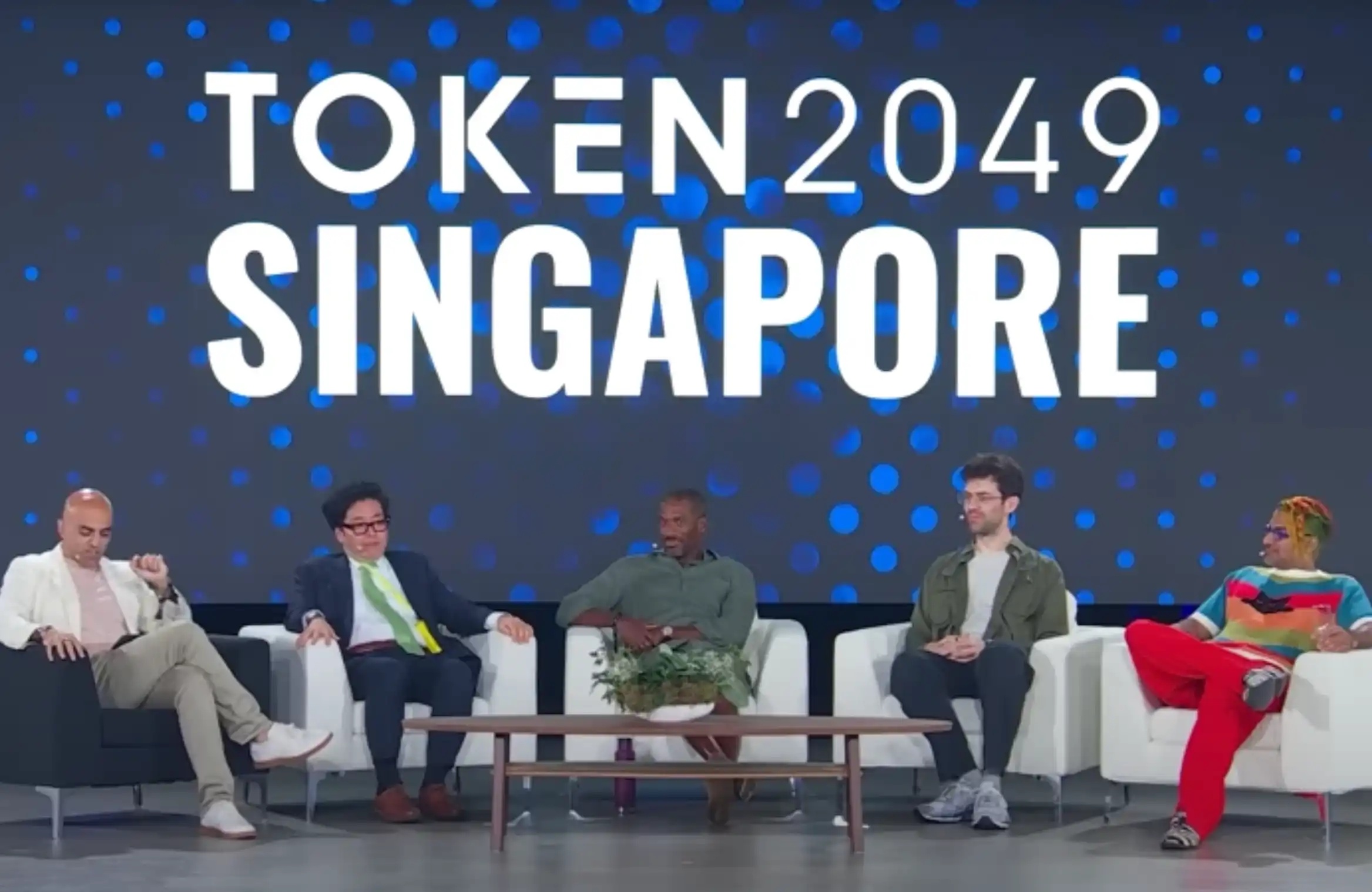Bitcoin Ecosystem Knowledge Pyramid, Test Which Level You Are On
Written by: Jaleel, BlockBeats
With the birth of the Runes protocol and the outbreak of the third round of Bitcoin ecology, more and more communities are paying attention to the Bitcoin ecology. However, the biggest confusion for most novices is that "the threshold of Bitcoin ecology is too high". Because BlockBeats sorts out the various terms of Bitcoin ecology into five knowledge levels, it unveils the veil of Bitcoin ecology layer by layer.

Entry-level: Themes that most Bitcoin ecosystem novices are familiar with
1. Ordinals
The Ordinals protocol focuses on minting NFTs on satoshi, the smallest unit of Bitcoin, and uses Bitcoin's Taproot upgrade to allow each satoshi to represent a unique digital asset. Ordinals uses the inherent characteristics of the Bitcoin blockchain to allow each satoshi to uniquely represent a digital asset, bringing functionality similar to NFTs on Ethereum to the Bitcoin network without the need for any additional layers or tokens.
2.Casey Rodarmor
Casey Rodarmor (@rodarmor) is a programmer and Bitcoin developer, and the creator of the Ordinals and Runes protocols. By developing the Ordinals protocol, Casey provides a new way to store and transfer non-monetary data (such as digital artworks) directly on the Bitcoin blockchain. It can be said that there would be no Bitcoin ecosystem without Casey.

Image source: Ordinals summit 2023
3.BRC-20
BRC-20 is an experimental standard for creating and transferring fungible tokens on the Bitcoin network. It was introduced by anonymous developer Domo in March 2023 and is designed to mimic Ethereum's ERC-20 standard. Unlike ERC-20, which uses smart contracts, BRC-20 tokens are created by burning JSON data on the Bitcoin network's satoshi (the smallest unit).
4.Domo
Domo (@domodata) is the creator of the BRC-20 protocol. Domo has been anonymous since the development of Brc20 and has also created a fund Layer 1 Foundation to help the governance of BRC20.

Image source: Ordinals summit 2023
5. Runes
Runes is a new Bitcoin protocol developed by Casey Rodarmor, the creator of Bitcoin Ordinals. Unlike Ordinals, which uses NFTs, Runes is used to issue fungible tokens on the Bitcoin network. It allows users to directly create, mint, and transfer tokens in Bitcoin's UTXO model without relying on any centralized services or intermediaries. Runes is optimized on the BRC-20 protocol, combining the original minting and listing transactions into one.
6. Atomicals
The Atomicals protocol allows the creation and management of digital assets called ARC-20 on the Bitcoin blockchain. These assets use the UTXO model and can store multiple files, making them useful for more complex application scenarios. Unlike BRC-20 and Ordinals, Atomicals' AVM is designed to provide greater flexibility and scalability, implement smart contract-like functionality, and support more complex digital asset management. Compared to Casey and Domo, Atomicals protocol author Arthur is more anonymous, never shows up or appears at offline events, and has only been interviewed a few times with audio.
7. Miner Fees
When users conduct Bitcoin transactions, they pay miners to have their transactions included in the block. Miner fees are transaction fees on the Bitcoin network, ensuring that miners have an economic incentive to support the operation and security of the network.
Second Tier: A topic that most Bitcoin ecosystem players are familiar with
1. Bitcoin Halving
The Bitcoin halving is an event that reduces the Bitcoin mining reward by half, which occurs every 210,000 blocks, approximately every four years. The main purpose of the halving is to control the issuance of Bitcoin, which is part of Bitcoin's design to simulate the gradual reduction in the mining rate of scarce resources (such as gold). The halving directly affects the incentive structure of miners and is believed to have a significant impact on the price of Bitcoin. The most recent halving was on April 20, 2024, and the next halving is expected in February 2028, when the block height will reach 1,050,000.
2. Satoshis
Translated from Chinese as Cong, the smallest unit of Bitcoin, 1 Bitcoin is equal to 100,000,000 satoshi. Since the value of Bitcoin can be very high, satoshi provides a smaller currency unit, making micro transactions possible.
3. Hash Rate
Hash Rate refers to the number of times all mining devices in the network try to solve the block hash per second, usually expressed in hashes per second (H/s). Hash rate is a key indicator for measuring the security of the Bitcoin network. A higher hash rate means higher computational difficulty and security.
4.POW
Full name Proof of Work, proof of workload. This is a cryptographic algorithm used to prevent abuse of network services (such as spam or distributed denial of service attacks). Bitcoin's proof of work requires miners to solve a complex mathematical problem, the difficulty of which is automatically adjusted to ensure that the entire network generates a new block approximately every 10 minutes. Miners who successfully solve the problem can add new blocks to the blockchain and receive new bitcoins as rewards. This process not only protects the network from attacks, but also is a mechanism for the issuance and circulation of Bitcoin currency.
5.UTXO
Full name Unspent Transaction Outputs, refers to unspent transaction outputs, representing the amount of bitcoins in the Bitcoin network that can be used as new transaction inputs. Bitcoin's transaction model is based on UTXO, and each transaction begins by referencing the output of previous transactions as its input and ends with the creation of new UTXOs, which can be used by future transactions.
6. Lightning Network
Lightning Network, a "second layer" payment protocol built on top of the Bitcoin blockchain, is designed to enable instant, high-throughput micropayments. The Lightning Network reduces transaction congestion and fees on the blockchain by creating a network of payment channels, making it economical and fast to make small payments.
The Third Layer: A topic that only experienced Bitcoin ecosystem OGs are familiar with
1. Nostr
Nostr is a simple decentralized social network protocol that uses key pairs to allow users to create and manage their own identities and communicate through events such as posts, contact information, and other social interactions. Founder Fiatjaf (@fiatjaf), although this protocol has no direct connection with Bitcoin, it has received widespread attention from Bitcoin supporters because it represents a decentralized and censorship-resistant way of communicating. In April 2023, a Lightning Network "custodial solution" Nostr Assets Protocol also adopted the name Nostr.
2. BIPs
Full name Bitcoin Improvement Proposals, Bitcoin Improvement Proposals. Refers to the Bitcoin community-driven design document that proposes improvements to new features, information, or the environment for review by the Bitcoin community. BIPs are an important part of the Bitcoin development process, and they provide a formal way to improve the Bitcoin network.
3.Mempool
The memory pool, Mempool refers to the collection of all unconfirmed transactions stored on a Bitcoin network node. This term is short for "Memory Pool". When a transaction is sent to the Bitcoin network but has not yet been included (confirmed) by any block, the transaction is in the Mempool. Miners select transactions from the Mempool to create new blocks, usually giving priority to transactions with higher handling fees.
4. Rare Satoshi
Rare Satoshi is not an official term for the Bitcoin network, but a unique Satoshi associated with a specific block time of Bitcoin that appeared after the birth of Ordinals and has collectible value. The unit of Bitcoin is Satoshi, and each Bitcoin is composed of 100 million Satoshi. The scarcity and uniqueness of Satoshi can be determined by ordinal theorists, which gives Satoshi special meaning, whether it is the Bitcoin mined by Satoshi Nakamoto, the first Satoshi in a block, or the Satoshi used to buy pizza. Related reading: Rare Satoshi: The next wave of hype narrative after Brc20, are you ambushed?

5. Bitcoin Full Node
A Bitcoin full node is a full client running the Bitcoin protocol, maintaining a complete copy of the blockchain data. Full nodes verify all transactions and blocks, ensuring that transactions and blocks comply with Bitcoin's rules. Bitcoin full nodes are critical to the health and decentralization of the network. They help to decentralize the network's power, ensuring that no single entity can control or tamper with Bitcoin's transaction history. Full nodes also improve the security of the network because the more nodes verify transactions, the more difficult it is to manipulate the entire system.
Level 4: Officially Deep Down the Rabbit Hole
1.index
In the context of Bitcoin, "index" or "index" usually refers to the structure in the blockchain database used to quickly retrieve data. For example, the transaction index (txindex) is an optional feature that allows nodes to create an additional database to store metadata for each transaction, including their location in the blockchain. With the transaction index enabled, nodes can access information about any transaction more quickly, which is very useful for developing applications and services, especially those that need to provide extensive blockchain data queries.
2.OP_RETURN
OP_RETURN is an opcode in the Bitcoin script language that allows a small piece of data (currently capped at 80 bytes) to be embedded in a Bitcoin transaction. This data itself is not spendable, so it will not be used as part of the input. OP_RETURN is mainly used to add metadata to transactions, which can be used for a variety of applications, such as proving that data existed at a certain point in time (timestamp service), adding simple messages, or implementing more complex blockchain layer applications. Since this data is permanently recorded on the Bitcoin blockchain, it provides developers with an immutable data storage option.
3. Schnorr Signature
Schnorr signature is a digital signature algorithm proposed by mathematician Claus Schnorr. In Bitcoin, Schnorr signature was introduced through the Taproot upgrade and is intended to replace or coexist with the existing ECDSA (Elliptic Curve Digital Signature Algorithm) signature scheme. Schnorr signature provides multiple advantages, including simpler signature aggregation, enhanced privacy, and higher efficiency. Signature aggregation allows multiple signatures to be merged into one, reducing the amount of data and lowering transaction fees. In addition, it also improves support for multi-signature transactions, making transactions involving multiple parties look the same as ordinary transactions, thereby enhancing privacy.
Fifth Level: The Most Profound Knowledge of Bitcoin Ecosystem
1. Segregated Witness
SegWit or Segregated Witness in English refers to an upgrade of the Bitcoin protocol that aims to solve the problem of transaction scalability and transaction ductility. Segregated Witness increases the effective capacity of the block by "isolating" the signature information from the transaction data, and reduces the size of each transaction to a certain extent, improving network throughput.
2.PSBT
Partially Signed Bitcoin Transactions, Chinese name is partially signed Bitcoin transactions, which is a standard format for transmitting unfinished transactions between different participants for signing. It enables multiple parties to collaborate to create, sign, and send transactions without exposing private keys to other participants.
3.RBF
Replace-by-Fee refers to a mechanism for replacing fees, which allows the sender to replace the original transaction by increasing the handling fee before the transaction is confirmed by the blockchain. This mechanism is often used to speed up the confirmation of transactions, or to correct unconfirmed transactions that have been set too low due to manual errors.
4. "RBF" sniping
RBF has derived the "RBF" attack, which is a sniping strategy to earn revenue. Users monitor unconfirmed low-fee transactions and try to replace the original transaction by submitting the same transaction at a higher rate using the RBF mechanism. This is often used by mining pools or individual miners who hope to increase their revenue by extracting higher transaction fees.
5. Taproot
Taproot is an important upgrade to the Bitcoin network, which mainly enhances privacy and scalability through a combination of MAST (Merkelized Abstract Syntax Trees) and Schnorr signatures. Taproot makes complex transactions look the same as ordinary transactions on the blockchain, thereby improving privacy. In addition, it also improves the scalability and efficiency of the network. It can be said that it is because of the Taproot upgrade that the Bitcoin ecosystem has begun.
Welcome to join the official BlockBeats community:
Telegram Subscription Group: https://t.me/theblockbeats
Telegram Discussion Group: https://t.me/BlockBeats_App
Official Twitter Account: https://twitter.com/BlockBeatsAsia


 Forum
Forum Finance
Finance
 Specials
Specials
 On-chain Eco
On-chain Eco
 Entry
Entry
 Podcasts
Podcasts
 Activities
Activities
 OPRR
OPRR










